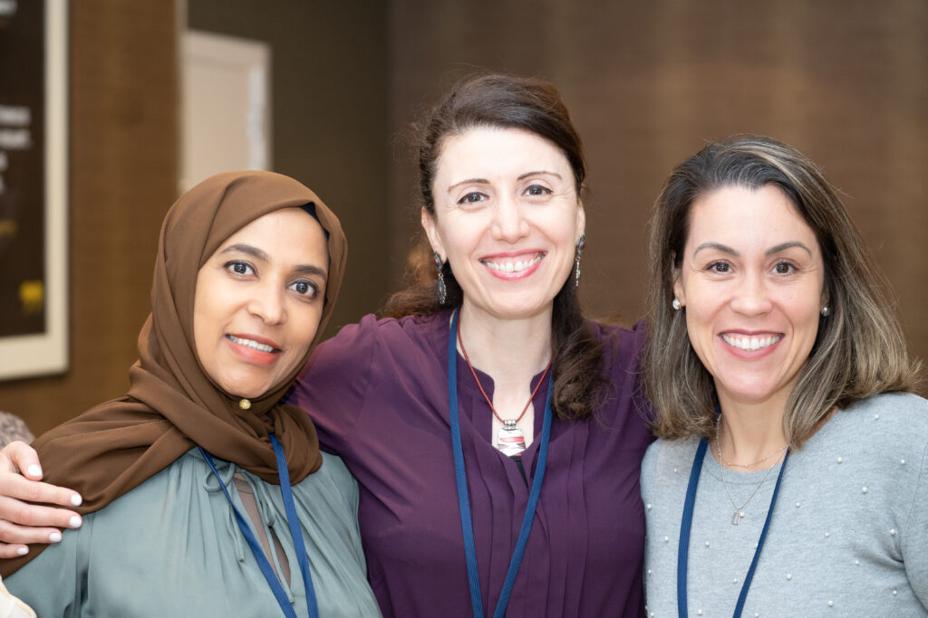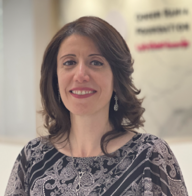
Something went Wrong
Try entering your email again or contact us at support@qfi.org
Try entering your email again or contact us at support@qfi.org
You’ll receive an email with a confirmation link soon.
Apr 29, 2024
By Dr. Lama Nassif, Williams College, Queen Rania Foundation (2022-2023)
Last month, I had the privilege of participating in QFI’s “Arabic Language Learning in Europe: Realities of Policy & Practice” Symposium in Brussels. With Arabic at the heart of the conversations, attendees shared a common love for language learning (and passion for language teaching) as a means to enhance cultural understanding and appreciation, foster inclusivity, and build cross-cultural bridges in an increasingly multilingual yet polarized world. I left the symposium feeling more informed, inspired and hopeful for the future of teaching and learning Arabic as a global language.
Exciting themes emerged, such as advocating for Arabic at the policy level, representing linguistic and cultural diversity in Arabic teaching, cultivating research-informed pedagogies, and fostering “communities of practice.” With these themes in mind, I raise the question, where to next? As we share the goal of advancing Arabic as a global language, we need to chart the next steps, enhancing robust planning, research and practice in which we empower teachers and learners who choose to embark on this exhilarating journey.
As I contemplate this question, some steps and further questions come to mind. At the core of these steps are discussions that move Arabic teaching beyond questions of “should we do this or that” to questions of “how do we do this or that?”
The list goes on, with exhilarating prospects. I cannot wait to continue this journey with colleagues and learners!
Dr. Lama Nassif is Associate Professor of Arabic Studies at Williams College, where she teaches Arabic, second language acquisition (SLA), and sociolinguistics. Nassif’s research interests include noticing and attention in second language (L2) development, sociolinguistic development in L2 Arabic acquisition, and the interface between L2 research and pedagogy, and her work appears in peer-reviewed, international journals. Her most recent project is a book manuscript entitled Teaching Grammar in the L2 Arabic Classroom: A Focus on Form Practice (Under contract with Routledge). Expected in 2024, it combines noticing and attention in SLA research with pedagogical practices in the teaching of L2 Arabic grammar.
Dr. Nassif is also currently Queen Rania Foundation (QRF) – Education Endowment Foundation Teaching and Learning Resources Fellow (2022-2023) in Amman, Jordan, where she works on advancing QRF’s work on research-informed pedagogies and designing approaches to promote the uptake of educational research for teachers, teacher trainers, and policy makers.


